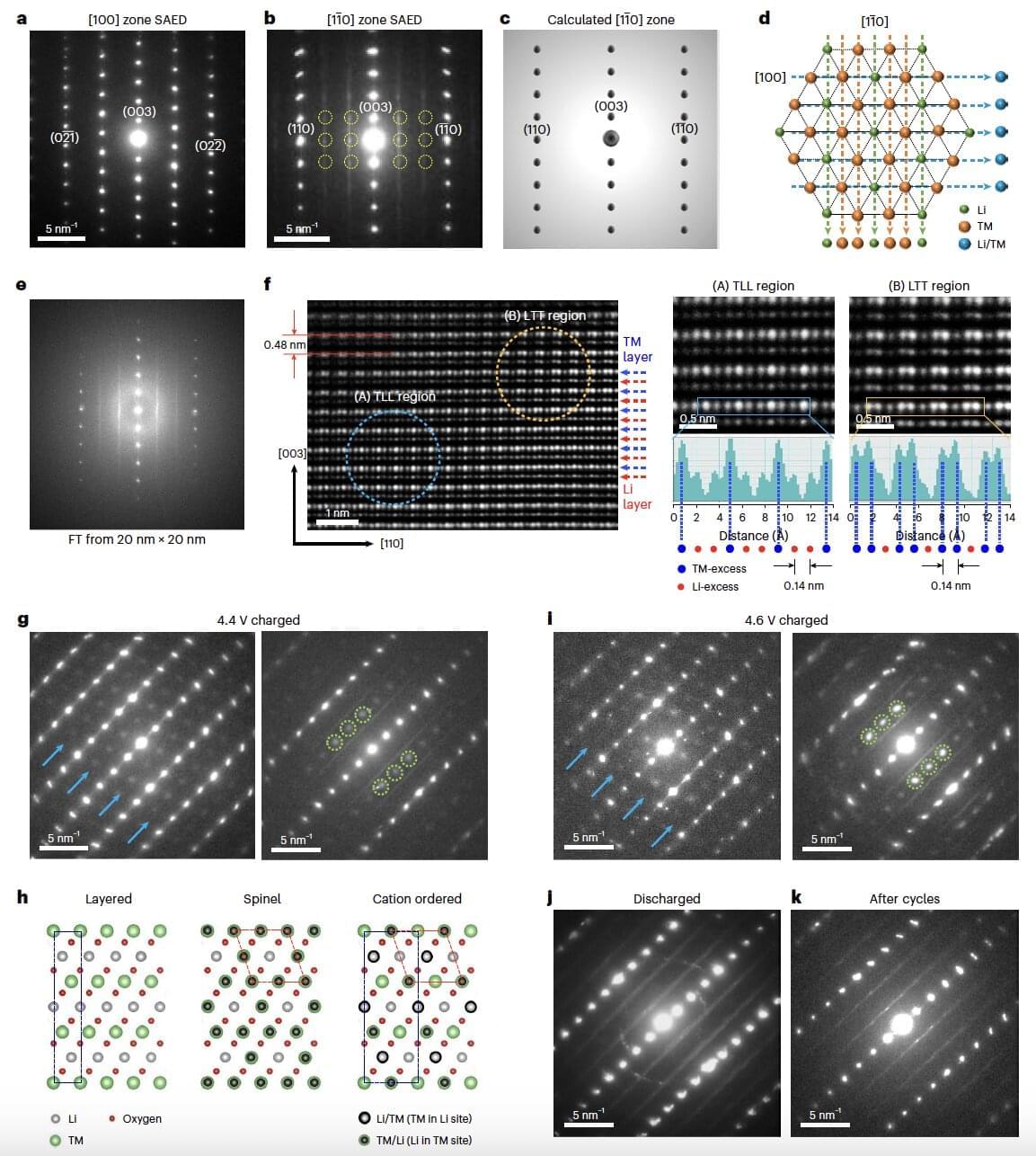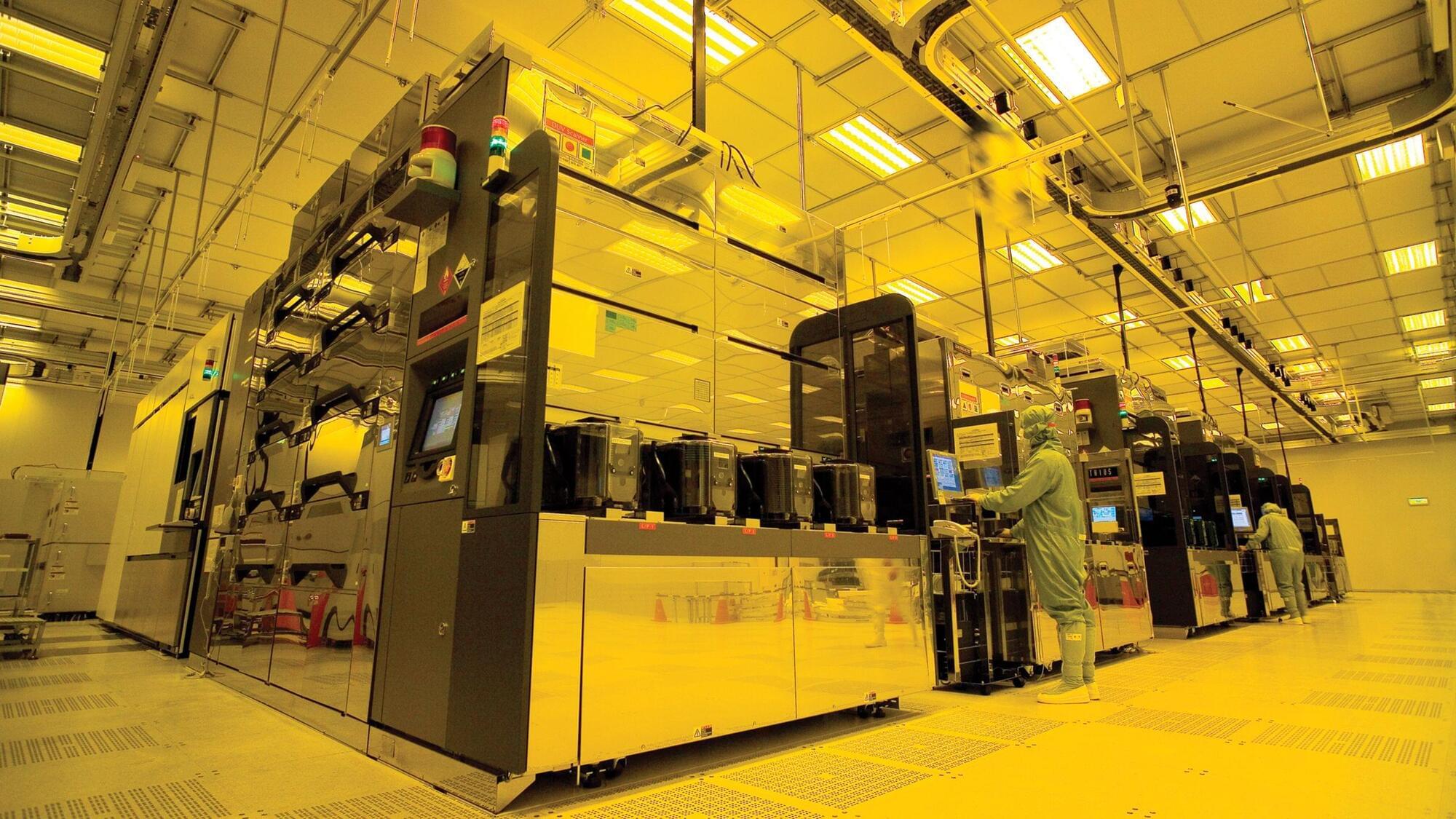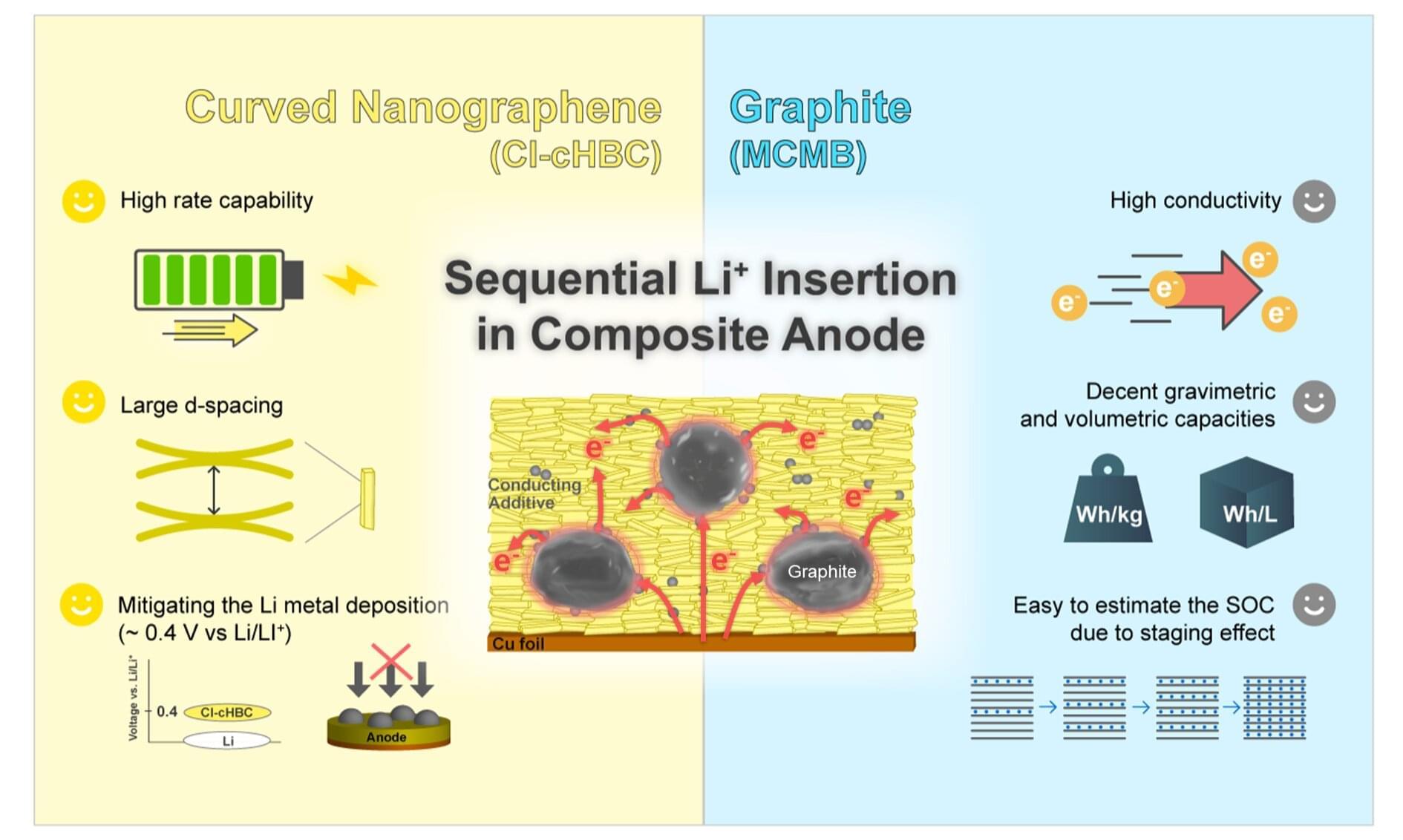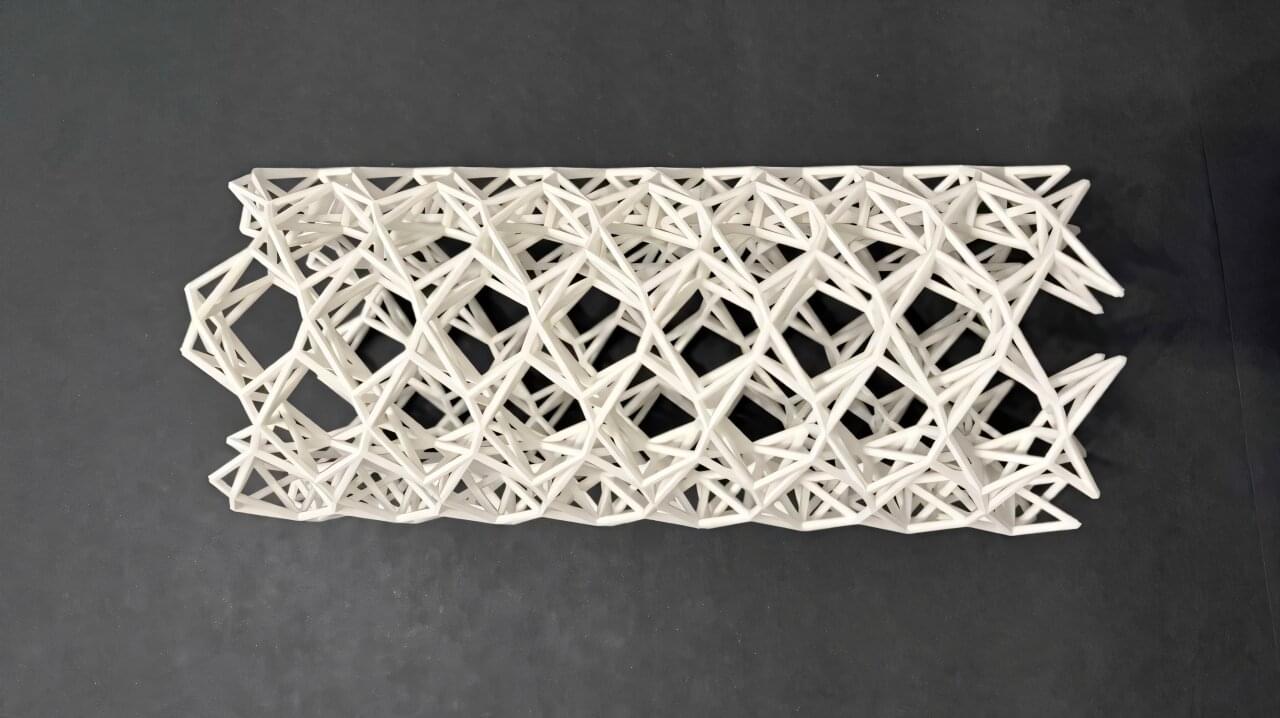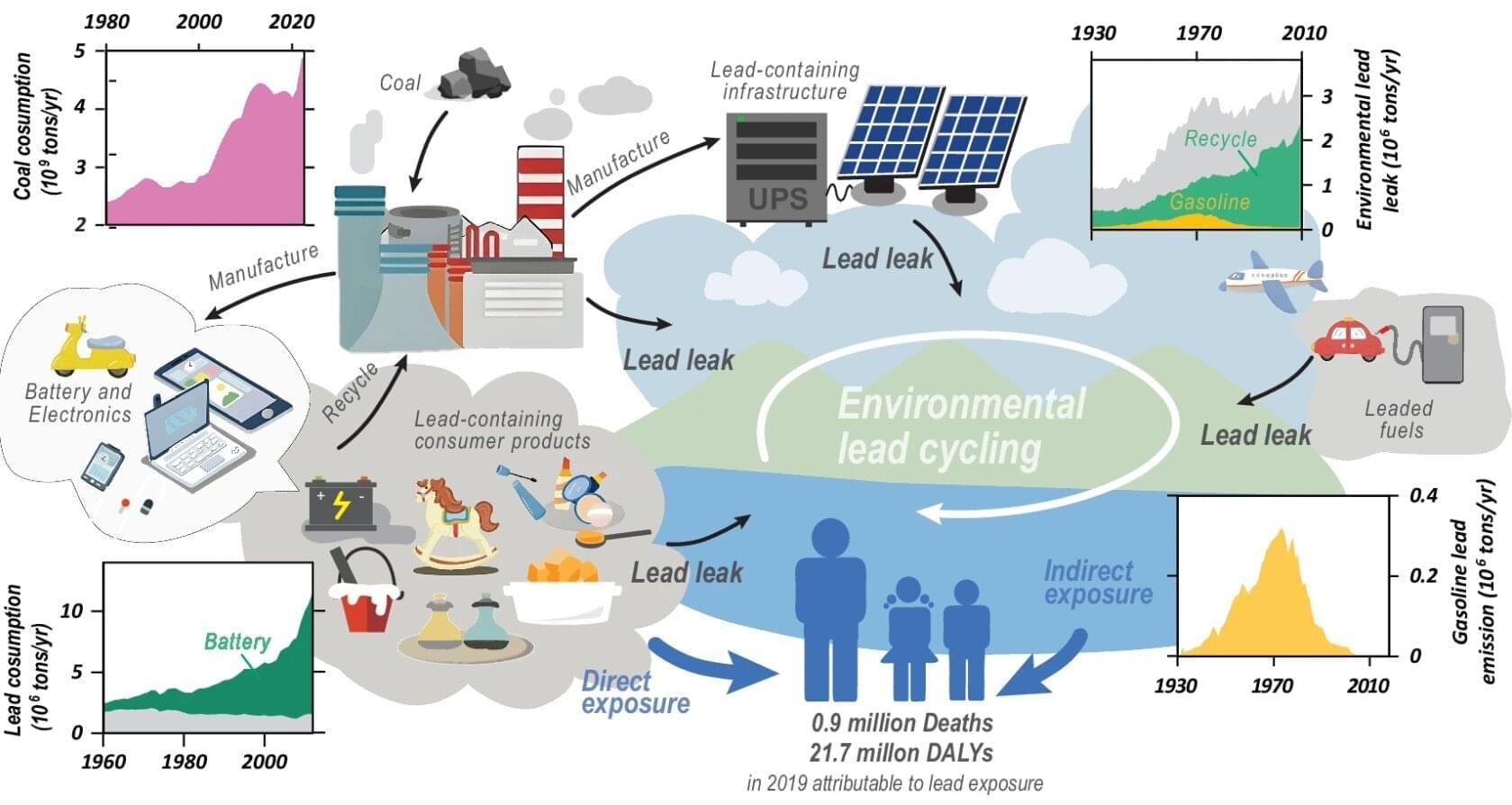Join me on an exciting drive through the charming streets of Los Gatos, California, testing Tesla’s Full Self-Driving (FSD) Supervised version 14.1.3! In this real-world demo, we navigate from downtown Los Gatos to popular spots like Starbucks for a quick coffee run, McDonald’s drive-thru, the Tesla Los Gatos showroom, the Apple Store at Los Gatos Village, and finally, the scenic Vasona Lake County Park for some relaxation by the water.
Watch how FSD handles suburban traffic, intersections, pedestrian zones, and winding park roads with impressive precision—all while I supervise from the driver’s seat. Key highlights: Smooth lane changes and speed adjustments in busy areas.
Accurate navigation to chain stores and tech hubs.
Handling of roundabouts and park entrances.
Real-time commentary on FSD’s improvements in version 14.1.3, including better object detection and decision-making.
If you’re a Tesla owner, EV enthusiast, or just curious about autonomous driving tech, this video shows FSD’s capabilities in everyday scenarios. Don’t forget to like, subscribe, and hit the bell for more Tesla FSD tests, software updates, and Bay Area drives!
Timestamps:
0:20 Intro.
7:10 Mc Donalds.
10:24 Parking at apple.
12:52 Parking at charger.
14:35 Park U turn.
17:15 Parking at Tesla.
20:33 Review.
Follow us on X (formally Twitter): https://x.com/teslaownersSV
Follow us on Instagram: / teslaownerssv.
Follow us on TikTok: / teslaownerssv.
Join our blog on Substack: https://tosv.substack.com/
